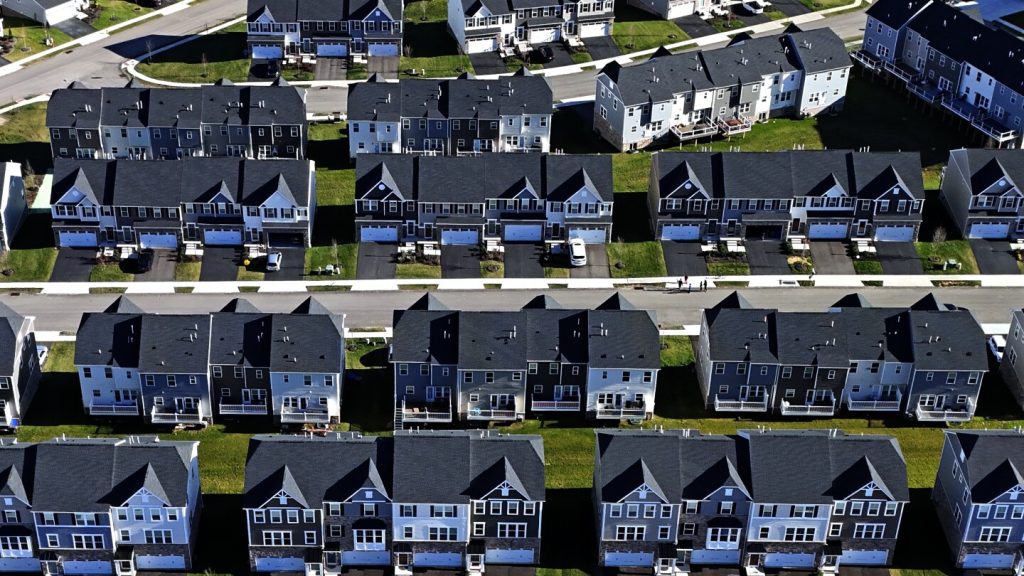Mortgage rates have taken a tumble this week, with the average rate on a 30-year mortgage dropping to its lowest level in over a year. This decrease comes as welcome news for prospective homebuyers and homeowners looking to refinance at a lower rate. The rate fell to 6.47% from 6.73% last week, marking the second consecutive weekly drop and the lowest level since mid-May last year. Additionally, the average rate on 15-year fixed-rate mortgages, popular among homeowners refinancing their loans, also decreased to 5.63% from 5.99% last week.
After reaching a 23-year high of 7.79% in October, the average rate on a 30-year mortgage has remained around 7% this year, more than double what it was three years ago. These high rates have deterred potential home shoppers, prolonging the housing slump into its third year. Sales of previously owned homes have decreased for the fourth consecutive month, while sales of new single-family homes have fallen to the slowest annual pace since November. Mortgage rates have started to ease in recent weeks, fueled by signs of decreasing inflation and a cooling job market, leading to expectations that the Federal Reserve could cut its benchmark interest rate next month for the first time in four years.
The fluctuation in mortgage rates is influenced by a variety of factors, including how the bond market reacts to the Federal Reserve’s interest rate policy decisions. This can impact the trajectory of the 10-year Treasury yield, which lenders use as a guide to pricing home loans. The recent drop in mortgage rates follows a decline in the 10-year Treasury yield, which briefly dipped to around 3.7% last week after disappointing labor market data. Despite this, most economists anticipate that the average rate on a 30-year home loan will remain above 6% this year, even as rates ease further.
The pullback in mortgage rates has sparked a surge in homeowners seeking to refinance, with applications for mortgage refinance loans reaching their highest level in two years. However, many potential homebuyers are still waiting on the sidelines, hoping for rates to decline further and for more properties to enter the market. With record-high housing prices and a shortage of available homes, buyers are cautious and looking for better opportunities. Economists suggest that rates may need to drop even more before many would-be homebuyers can afford to enter the market.
Overall, the recent decline in mortgage rates offers a glimmer of hope for the housing market, encouraging potential buyers and homeowners to consider their options. As the Federal Reserve contemplates a rate cut next month, further changes in mortgage rates could be on the horizon. For now, homeowners should carefully monitor the market and consider whether refinancing could lead to significant savings in the long term. As the housing market continues to evolve, staying informed about mortgage rates and market trends will be crucial for making informed decisions regarding buying or refinancing a home.


